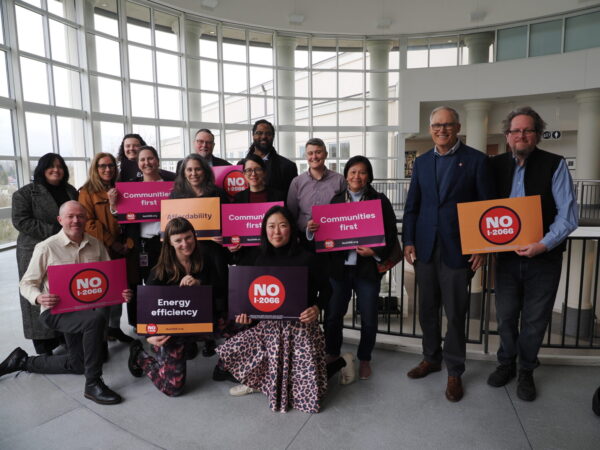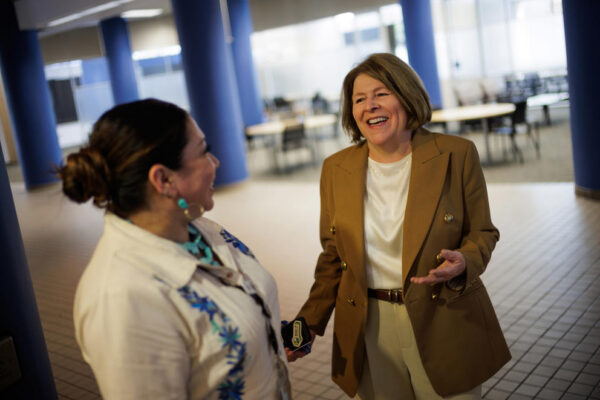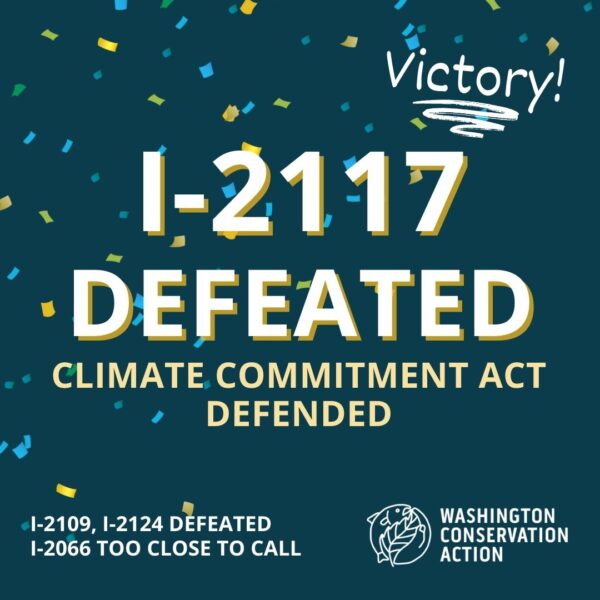There is good reason for this sense of urgency on climate action. Communities of color face nearly 40% more exposure to deadly airborne pollutants than the primarily white communities in our state and often live in areas more susceptible to the impacts of climate change [3].
Because communities of color are on the frontlines of environmental impacts, our efforts to protect Washington’s environment for all require an increased commitment to working directly with communities to come up with solutions together. We also recognize communities of color and indigenous people bring deep and unique knowledge and approaches for solving environmental problems that are appropriate to their communities and may be different than what historically white-led environmental groups – like WEC – would come up with on our own.
Over the past year, Washington Environmental Council’s staff and board have been learning about – and beginning to incorporate into our work – environmental justice, racial justice, and equity
We know that in order to achieve environmental progress, we can’t – and shouldn’t – do it alone. Fortunately, following the leadership of, and working in coalition with, groups that champion environmental justice in communities of color puts us on a path to protect Washington’s environment for all. Together we can, and will, succeed.
To learn more, we recommend visiting FrontAndCentered.org to see what groups across the state are already doing.



